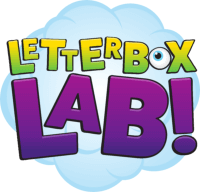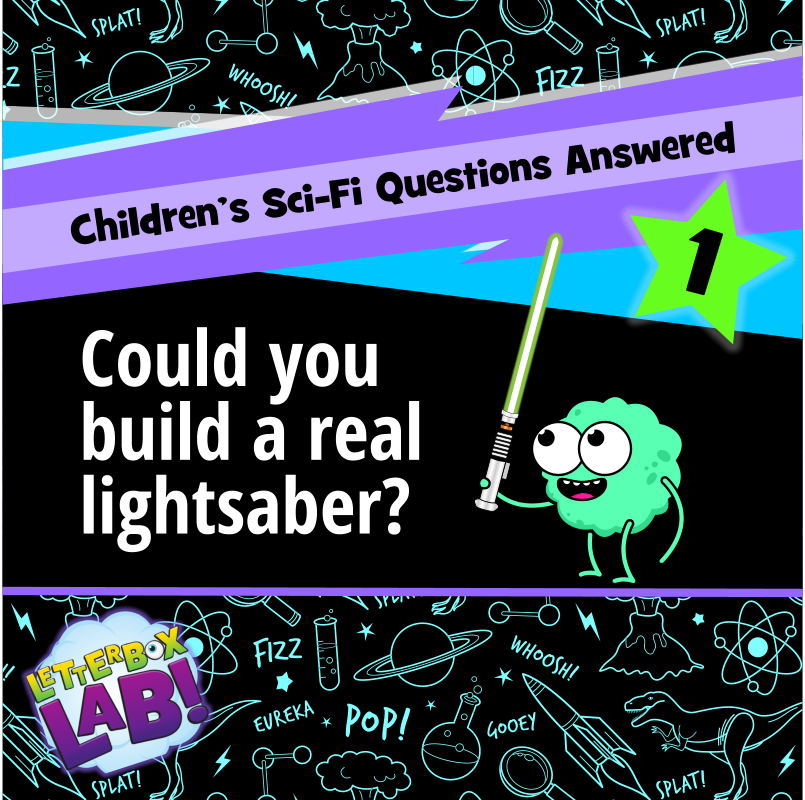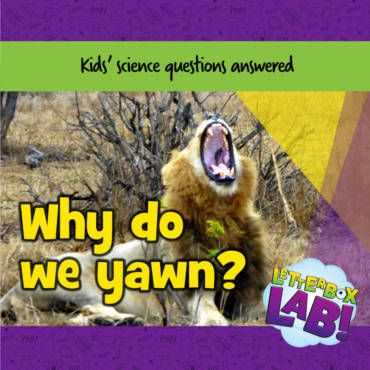Our regular blog series providing answers to the science questions kids ask is getting a little sci-fi flavour. First in this mini-series we ask “could you build a real lightsaber?”.
Every one of the last five decades has had at least one Star Wars film! Generations of children have grown up pretending to be Jedi and recreating the epic lightsaber battles of the films with toys, sticks or their imagination. Many of these children have grown up to become physicists and engineers yet none have, so far, built a real lightsaber. What’s stopping them?
Lightsabers are sometimes called laser swords, so lasers are the obvious thing to look at first. Lasers are powerful beams of light that can certainly cut through some pretty tough materials. But two problems jump out immediately.
Laser light extends to great distances rather than the metre or so of a lightsaber blade. We could fix this problem with a little mirror extended from the hilt, but I think lightsaber duels would be continuously interrupted by the combatants stopping to adjust their mirrors. An even bigger problem is that you can’t see a laser beam unless it’s directed straight into your eye (which is really bad) or there’s something like smoke in the air to disperse it. Having to set up a smoke machine before a battle to make your lightsaber look cool doesn’t seem appropriate.
A slightly more feasible option than lasers is plasma. Plasma is the fourth state of matter; gas that is so hot the atoms fall apart and it glows. It’s what electrical sparks are made out of and also stars.
So our lightsaber hilt has to eject and quickly heat up some gas. But it is still a gas, so it’s going to disperse and float away. We can fix that though. Plasma is made of atoms that have fallen apart into charged particles, and charged things respond to a magnetic field. So it might be possible to contain the blade of plasma inside a magnetic field, also projected from the hilt.
We’ve still got a few problems though. In Star Wars Episode 1: The Phantom Menace (which – contrary to popular opinion – is quite good) Qui Gon Jinn is able to melt through a metal bulkhead in a few seconds. The power going through that lightsaber must be enough to run a good sized village as well as singe the eyebrows of anyone within a few metres of it. All from a battery you can hold in your hand! In Star Wars we can skip over these little issues because “The Force”, but in our sadly Force-lacking world we have to accept that a lightsaber is both impractical and environmentally unfriendly.
Another thing that has slowed down the invention of the lightsaber is that containing plasma in a magnetic field is very hard. But, incredibly, in the real world there are people trying to figure out how to do this. As said above, stars are made of plasma. Inside stars hydrogen is converted to helium and huge amounts of energy are released. Experimental reactors have been built that are trying to use magnets to contain floating balls of plasma that are like tiny Suns. If we can get this to work we would have an almost limitless, pollution-free source of energy. This seems like a better use of the technology than having a really cool looking way to cut someone’s arm off.
Would you like to spend time with your children doing something that’s fun and educational for them and hassle-free for you?
Letterbox Lab is a monthly science kit that arrives through your letterbox containing everything you need to perform incredible experiments with your children.
Your children will love it. It’s colour changing, fizzing reactons, slimes, things that glow in the dark, making helicopters and catapults. All with beautifully illustrated comic-style instructions that they will actually enjoy reading.
You’ll love it because it’s so easy. It just arrives at your house with everything you need to do all the experiments. Unlike other science kits there’s no looking in the back of cupboard for cream of tartar or figuring out where you can buy propanol on a Sunday afternoon. You just open the box and get started with ease.
Find out more about our unique series of science kits here




Add Comment